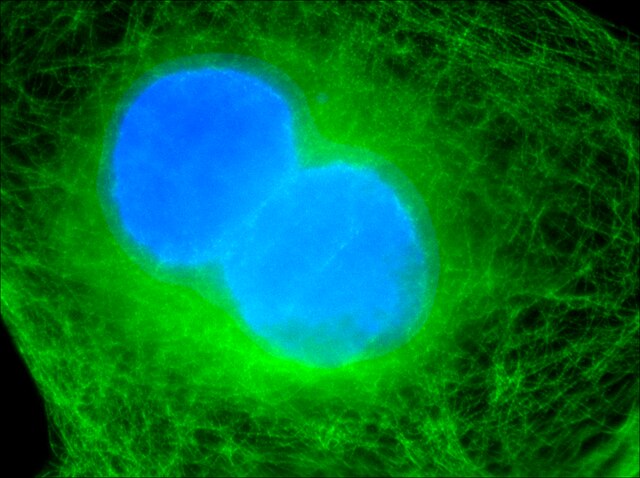Loading AI tools
kemampuan untuk bergerak secara spontan dan aktif, menggunakan energi dalam prosesnya Dari Wikipedia, ensiklopedia bebas
Motilitas adalah kemampuan suatu organisme untuk bergerak secara independen, menggunakan energi metabolik.[3][4] Ini berbeda dengan mobilitas, yang menggambarkan kemampuan suatu objek untuk dipindahkan. Motilitas ditentukan secara genetik,[5] tetapi mungkin dipengaruhi oleh faktor lingkungan. Sebagai contoh, otot memberikan hewan motilitas tetapi konsumsi hidrogen sianida (faktor lingkungan dalam kasus ini) akan mempengaruhi fisiologi otot yang menyebabkan otot tersebut menjadi kaku dan pada akhir-nya mengarah ke Rigor mortis.[6][7][8] Selain lokomosi hewan, kebanyakan hewan adalah motil (beberapa bergerak dengan lokomosi pasif) – istilah ini berlaku untuk bakteri dan mikroorganisme lainnya, dan untuk beberapa organisme multiseluler, serta beberapa mekanisme aliran cairan di organ dan jaringan multiseluler. Hewan laut yang motil umumnya disebut sebagai hewan yang berenang bebas,[9][10][11] dan organisme non-parasit yang motil disebut sebagai hewan yang hidup bebas.

Motilitas juga mengacu pada kemampuan organisme untuk memindahkan makanan melalui saluran pencernaannya. Ada dua jenis motilitas usus – peristalsis dan segmentasi.[12] Motilitas ini disebabkan oleh kontraksi otot-otot polos di saluran pencernaan yang mencampur isi luminal dengan berbagai sekresi (segmentasi) dan memindahkan isi melalui saluran pencernaan dari mulut ke anus (peristaltik).[13]
Seamless Wikipedia browsing. On steroids.
Every time you click a link to Wikipedia, Wiktionary or Wikiquote in your browser's search results, it will show the modern Wikiwand interface.
Wikiwand extension is a five stars, simple, with minimum permission required to keep your browsing private, safe and transparent.